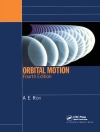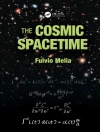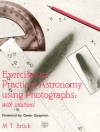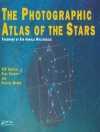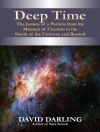The word ‘‘terraforming’’ conjures up many exotic images and p- hapsevenwildemotions, butatitscoreitencapsulatestheideathat worldscanbechangedbydirecthumanaction.Theultimateaimof terraforming is to alter a hostile planetary environment into one that is Earth-like, and eventually upon the surface of the new and vibrant world that you or I could walk freely about and explore. It is not entirely clear that this high goal of terraforming can ever be achieved, however, and consequently throughout much of thisbooktheterraformingideasthatarediscussedwillapplytothe goal of making just some fraction of a world habitable. In other cases, theterraformingdescribedmightbeaimedatmakingaworld habitablenotforhumansbutforsomepotentialfoodsourcethat, of course, could be consumed by humans. The many icy moons that reside within the Solar System, for example, may never be ideal locationsforhumanhabitation, buttheypresentthegreatpotential for conversion into enormous hydroponic food-producing centers. The idea of transforming alien worlds has long been a literary backdrop for science fiction writers, and many a make-believe planet has succumbed to the actions of direct manipulation and the indomitable grinding of colossal machines. Indeed, there is something both liberating and humbling about the notion of tra- forming another world; it is the quintessential eucatastrophy espoused by J. R. R. Tolkien, the catastrophe that ultimately brings about a better world. When oxygen was first copiously produced by cyanobacterial activity on the Earth some three billion years ago, it was an act of extreme chemical pollution and a eucatastrophy. The original life-nurturing atmosphere was (eventually) changed f- ever, but an atmosphere that could support advanced life forms came about.
Table of Content
Prolog: The Big Guns of Kugluktuk.- Life in the Solar System, and Beyond.- The Limits of the World.- In the Right Place at the Right Time.- The Terraforming of Mars.- The Terraforming of Venus.- An Abundance of Habitats.
About the author
Associate professor of astronomy, and Head of the Astronomy Department at Campion College, The University of Regina. My main research interests during the past decade have focused on the smaller objects within the solar system (comets, asteroids and meteoroids), but concomitant to this I have continued to perform research related to the structure and evolution of stars (the area of my doctoral studies). The book being proposed here is partly based upon a series of research papers that I have published over the years and on material used in a solar system studies class. The topic of asteroengineering was recently the focus of an ‘opinion article’ I wrote for the May 2006 issue of Astronomy Now magazine, and an editorial piece in the May 2006 issue of Smithsonian Air and Space magazine.
Home web page: http://hyperion.cc.uregina.ca/~astro/mbeech.html


